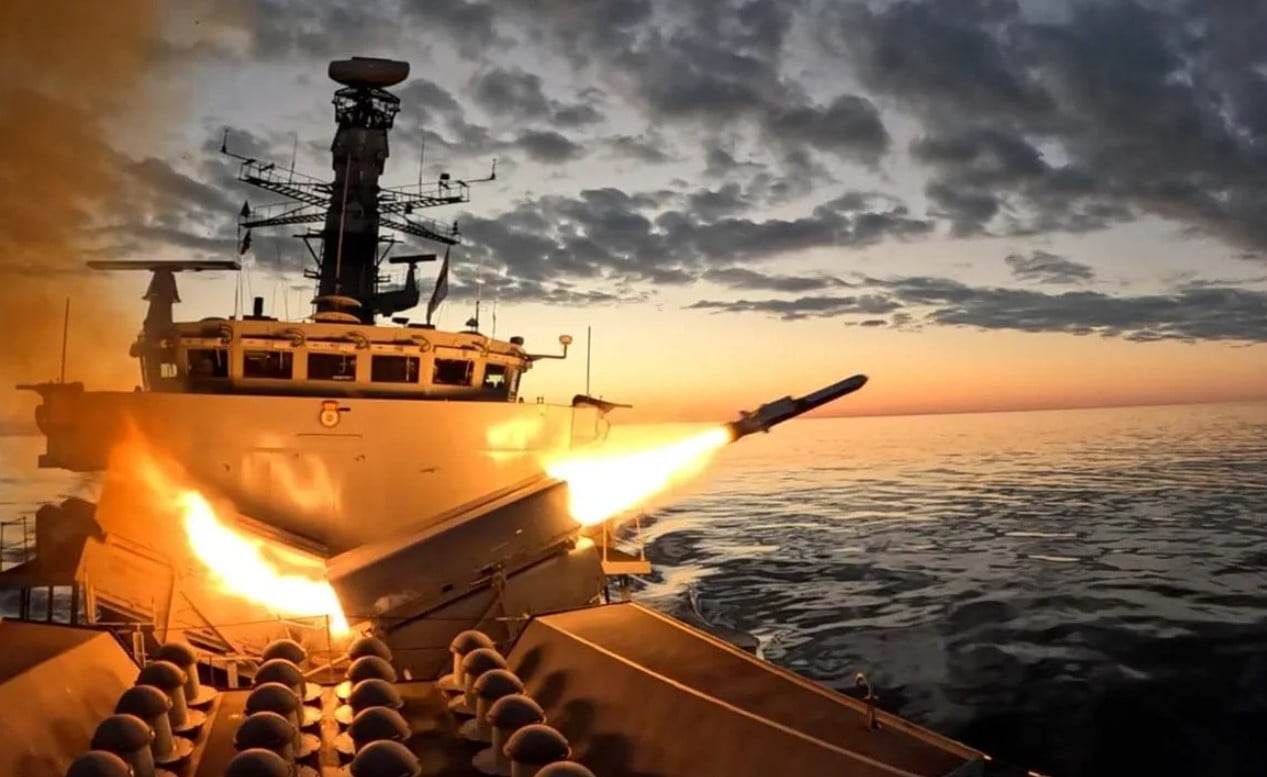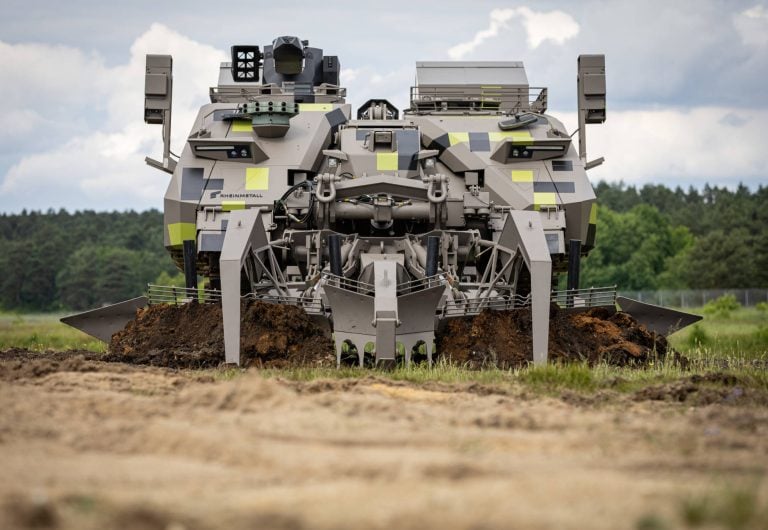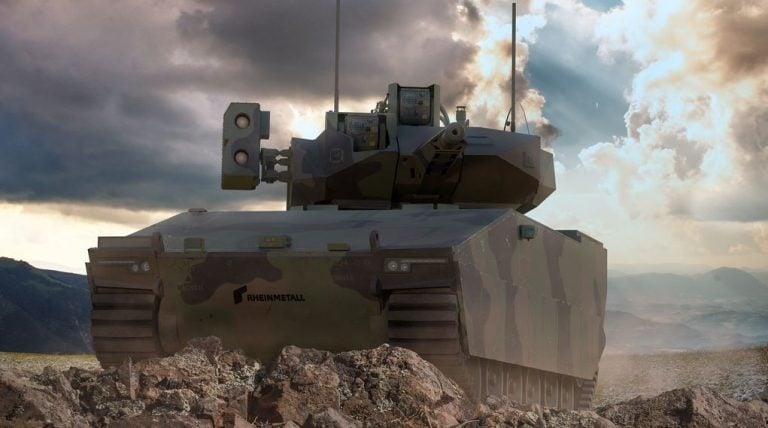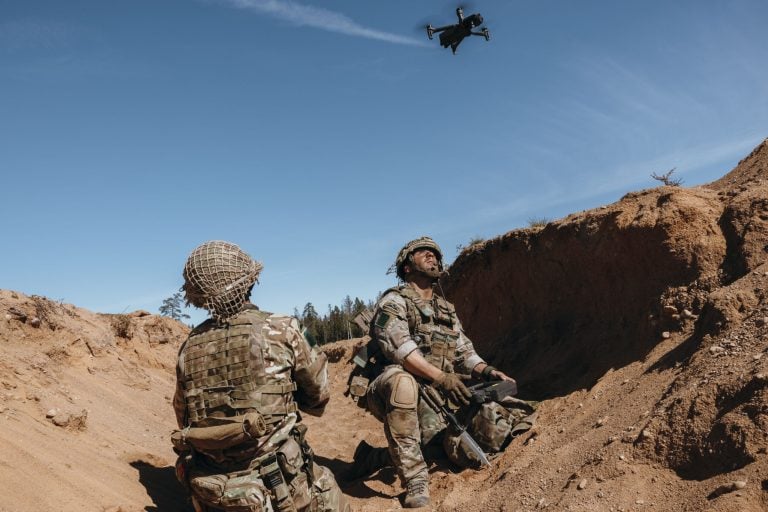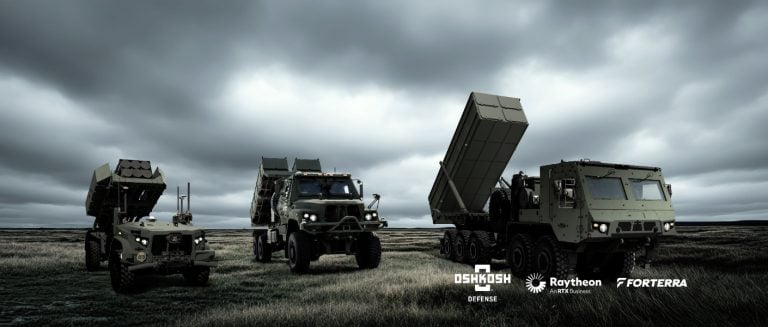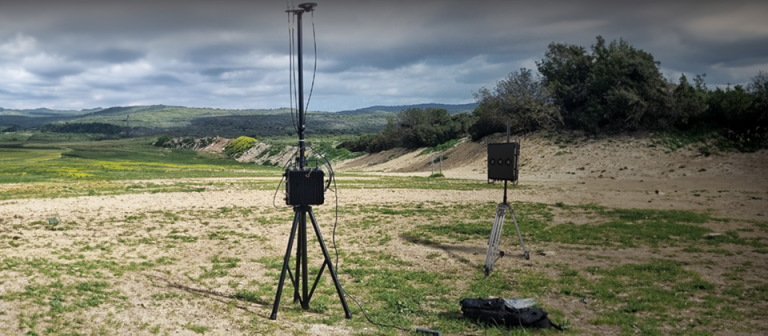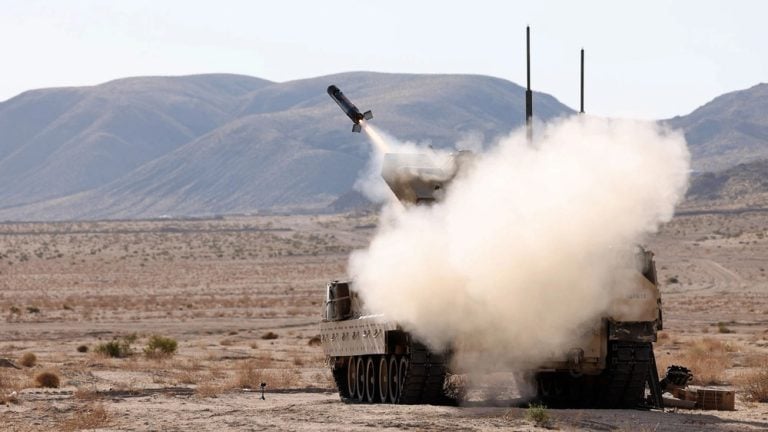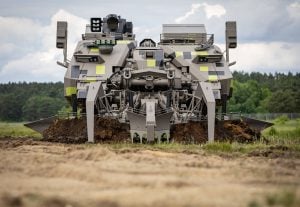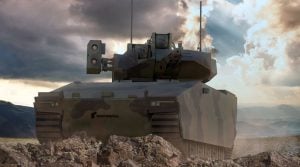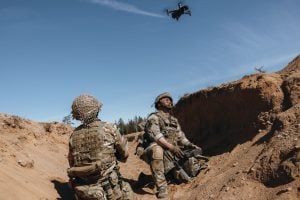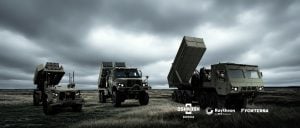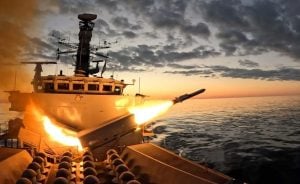Norway, Poland, and the United Kingdom have successfully validated the Naval Strike Missile (NSM) during joint exercises off the coast of Troms, Norway. These live-fire trials were crucial in assessing the missile’s performance under extreme Arctic conditions, characterized by sub-zero temperatures, high winds, and intense electronic warfare scenarios.
Kongsberg Defense & Aerospace reported that the NSM’s imaging infrared seeker and advanced guidance suite performed exceptionally well, maintaining target lock and navigation accuracy even in the face of significant interference and limited visibility. The exercises involved multiple launches from allied naval platforms, demonstrating the missile’s capability to sustain low-altitude flight over icy seas and effectively engage long-range targets.
This successful validation underscores the NSM’s readiness for operations in Arctic and high-latitude environments, particularly where extreme weather conditions and electronic disruptions can challenge conventional systems. As Kongsberg noted, the data collected during these Arctic exercises will be instrumental in advancing the development of an extended-range NSM, as well as refining its dual-mode seeker, which integrates both infrared and radar guidance for enhanced accuracy under poor visibility and GPS-denied scenarios.
The validation also plays a significant role in bolstering allied maritime capabilities across Europe. Norway has already incorporated the NSM into its Fridtjof Nansen-class frigates and coastal defense batteries. Meanwhile, Poland has integrated the system into its coastal missile squadrons, as well as into the Miecznik-class frigates currently under construction.
The UK, having selected the NSM to replace its aging Harpoon system, plans to deploy the missile across its Type 23 and future Type 26 frigates. Minister for Defence Readiness and Industry Luke Pollard emphasized the strategic importance of the NSM, stating it is “one of the most advanced missiles in [the UK]’s naval arsenal,” and highlighted its potential to provide the Royal Navy and allied forces with a decisive edge in combat situations.
